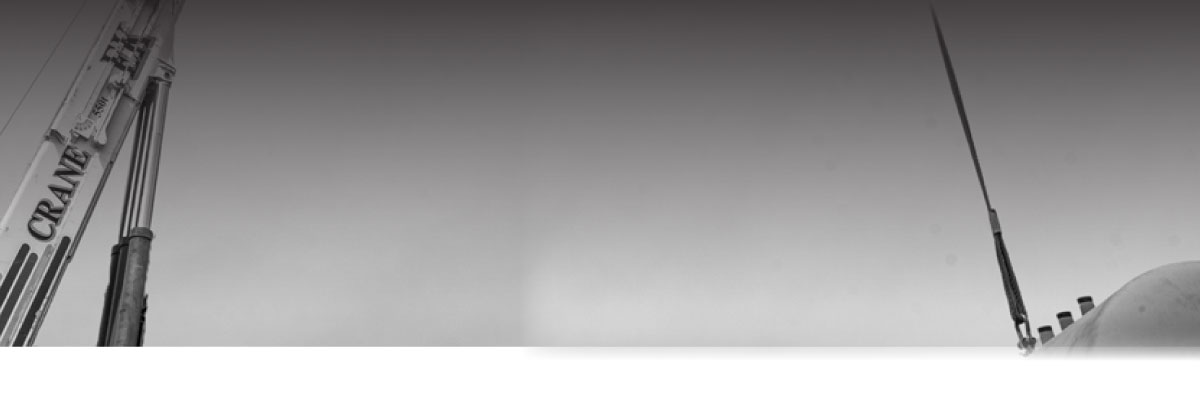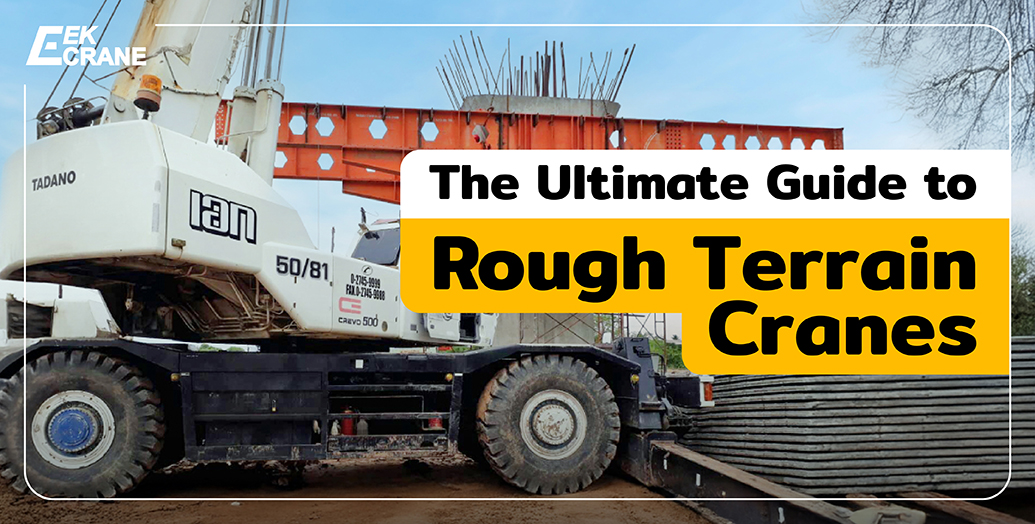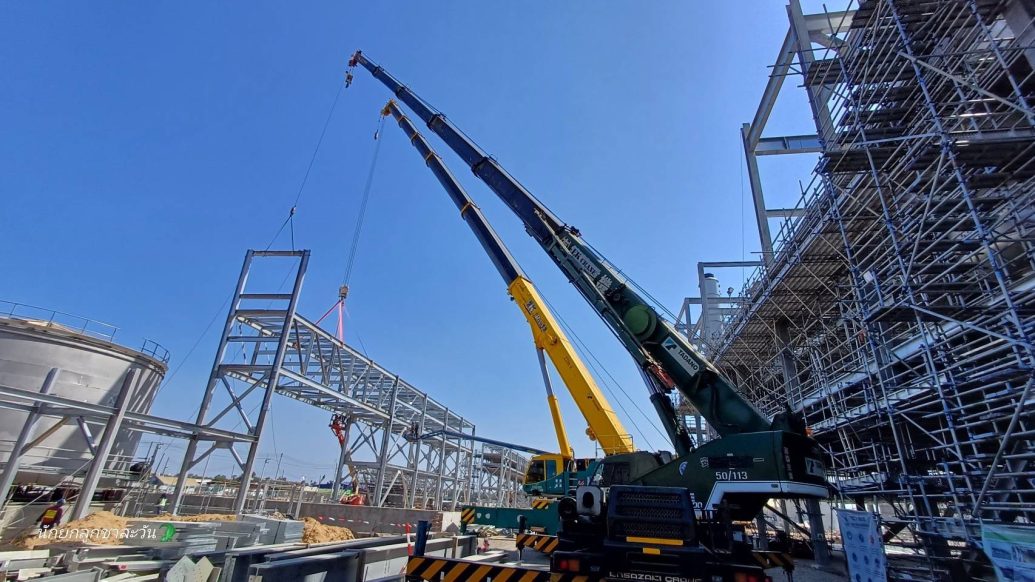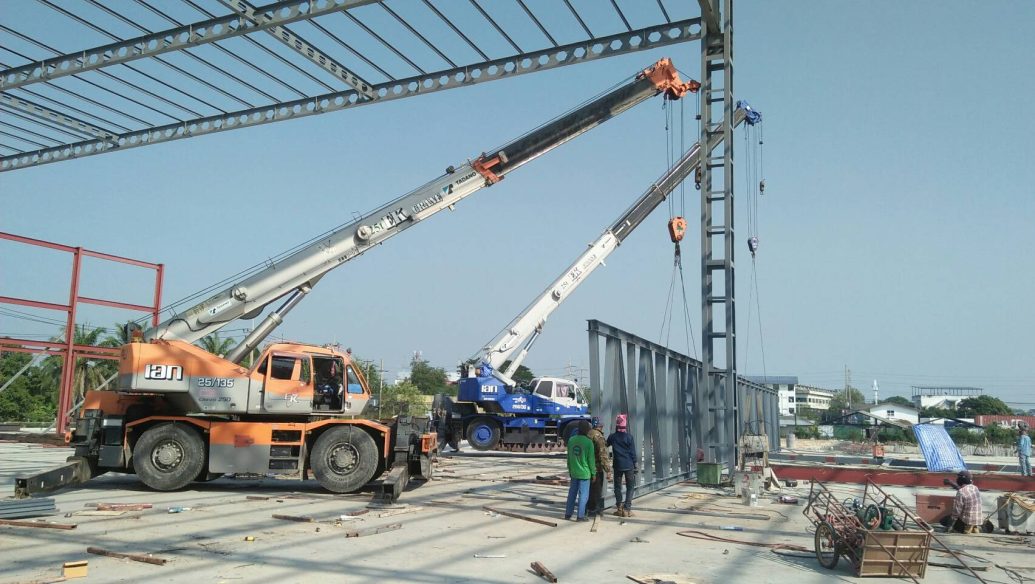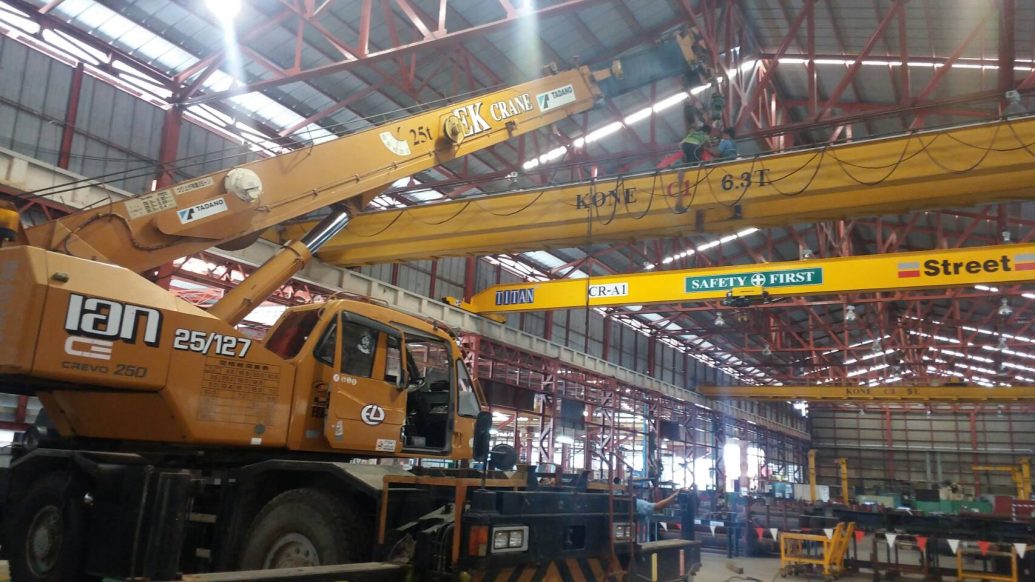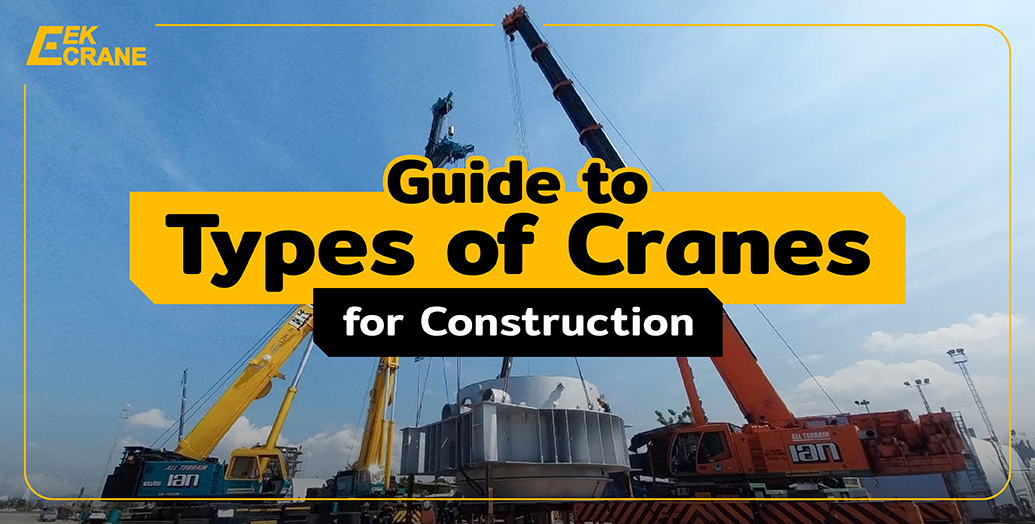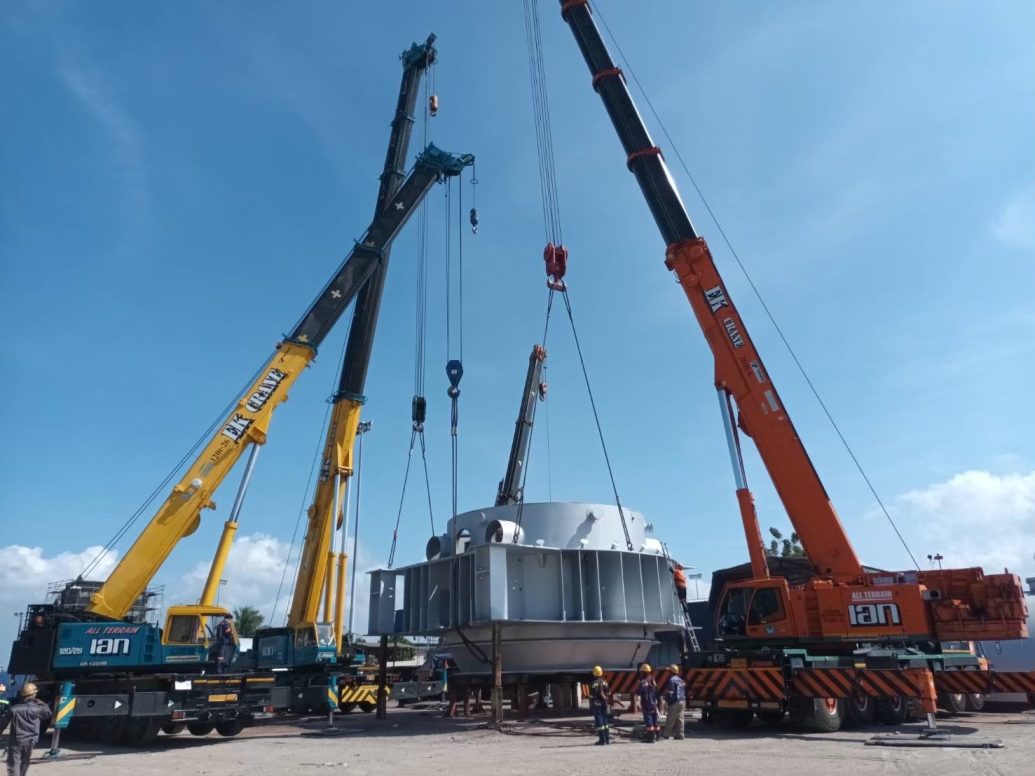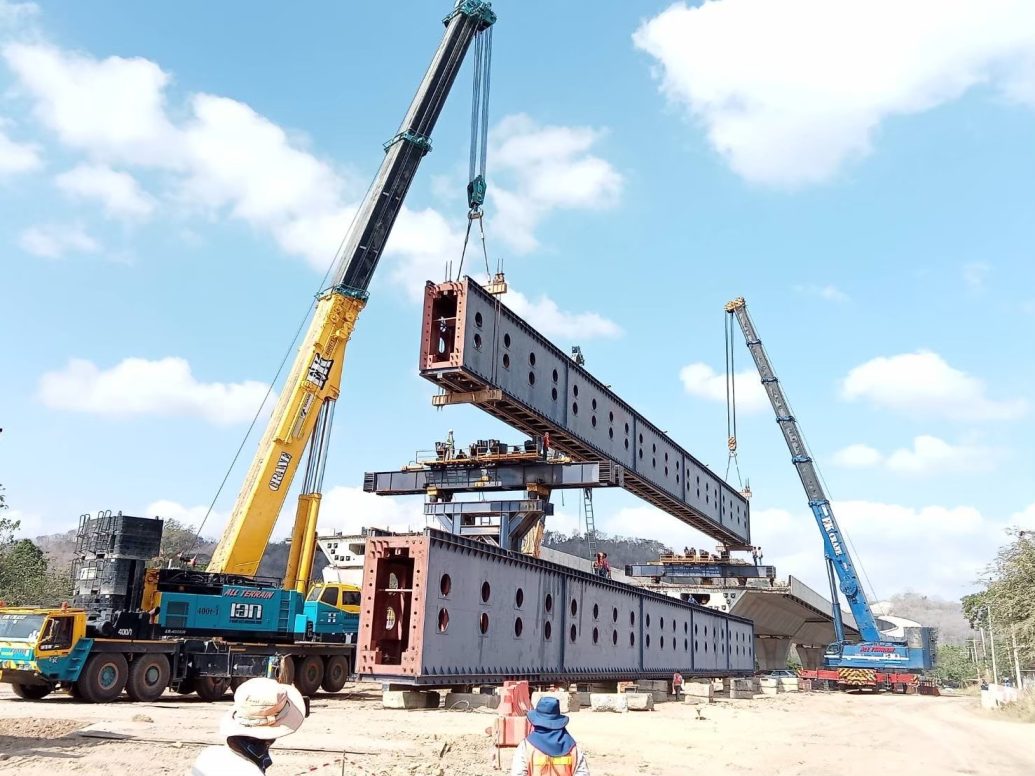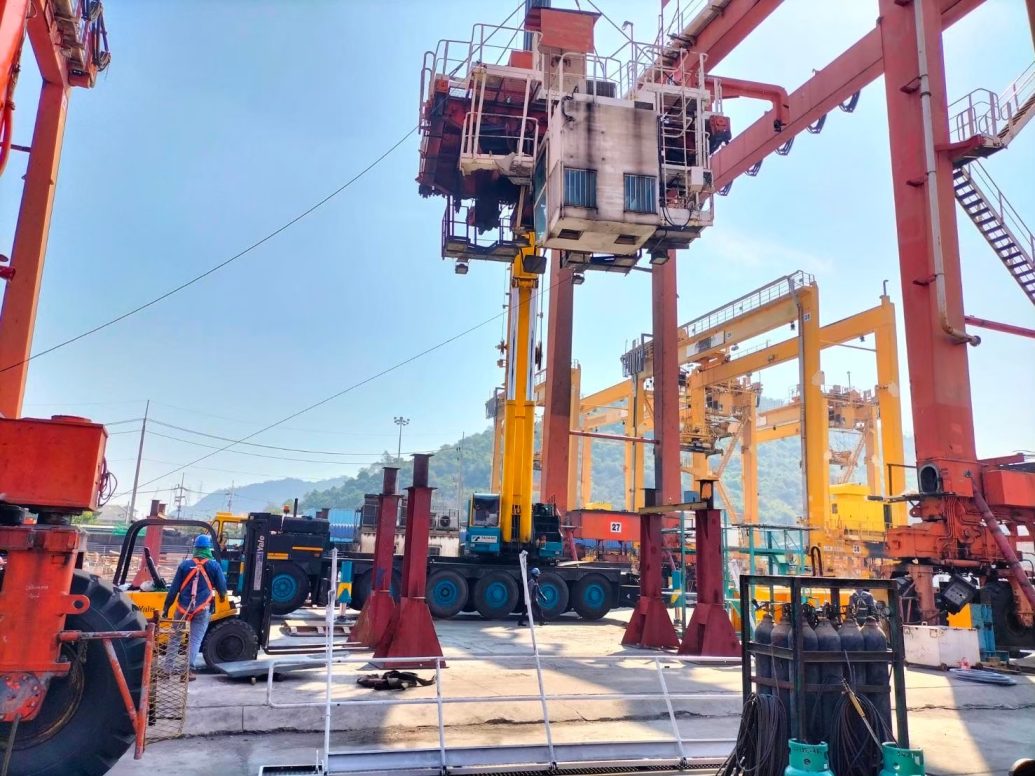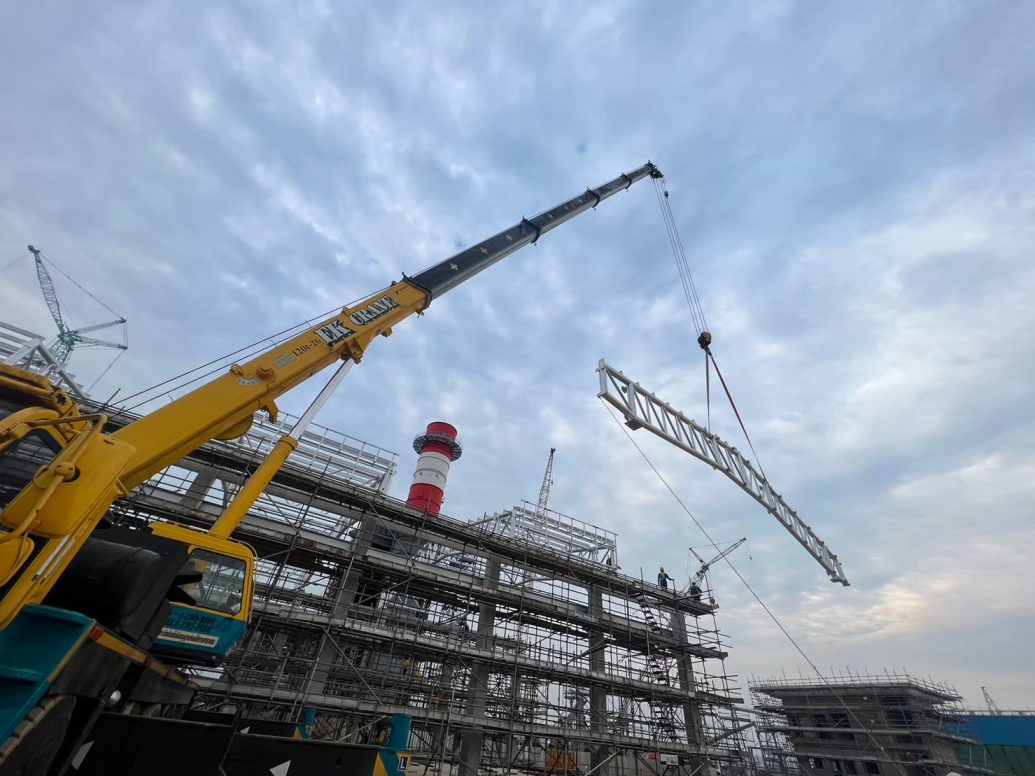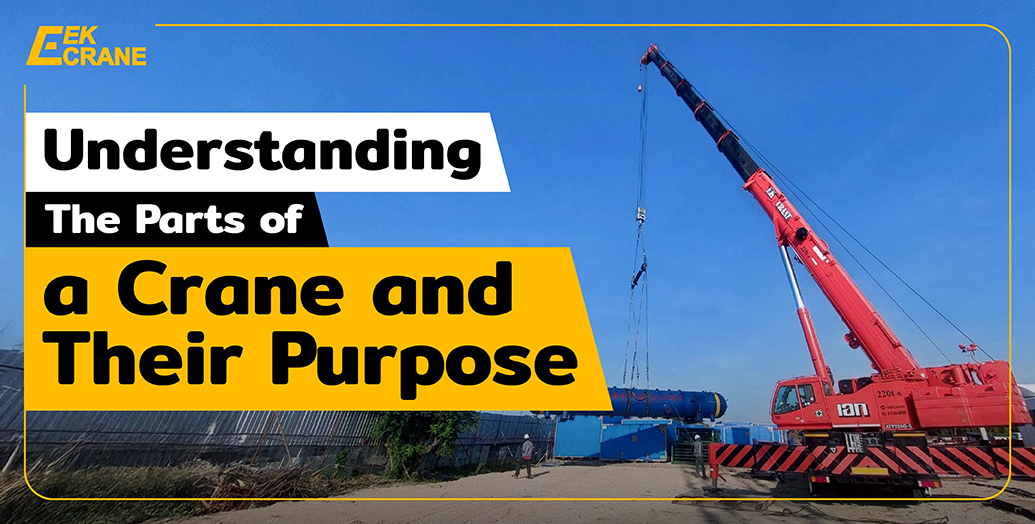
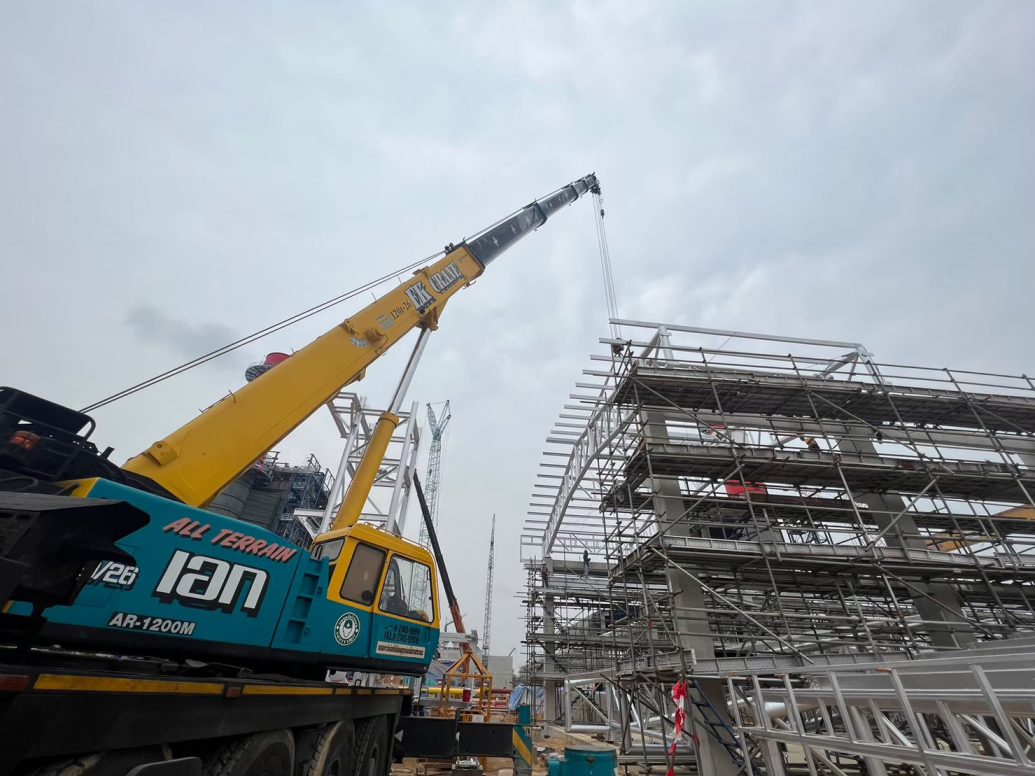
9 Vital Parts of a Crane
The various components that make up a crane all serve specific purposes. It is important to understand parts of the crane to operate an efficient and safe task as a crane operator or any duty that is present at the construction site.
Each crane component has its own function and way of maintenance. The vital part is not only the boom or the telescopic. In this article, we will explain all parts of the crane and its function so you can operate a crane safely and successfully.
What is a Crane?
A crane or construction crane is a machinery used in construction sites for heavy lifting, moving building materials around the project site, which helps speed up the construction process and handles tasks that exceed the capabilities of human labor.
There are 2 main types of crane, mobile crane and static crane. Mobile crane is a crane that has mobility, it can be driven to the construction site and driven around the site to lift the materials. In contrast to the mobile crane, Static crane of fixed crane is a crane that is unable to move, fixed in its position and assembled on the site. The advantage of a static crane is that it can handle more heavy load and is suitable for huge construction projects.
Both mobile and static cranes have similar parts of crane. While some crane components may differ, the function resembles each other.
9 Parts of a Crane

There are 9 main general parts of the crane, each serves different functions. From lifting materials to keeping the balance of the crane. However, different types of crane may have more or less crane components.
1. Hoist
Hoist or hoist drum is the main component that grants a crane the ability to lift objects vertically. The hoist is a system that consists of wires and cranking mechanism of sheaves
2. Wires and Sheaves
The wires and sheave are parts of the crane that play important parts in lifting the object.
Wires
The wires are the part that connects the hook to the main machinery. Each wire is made from steel and strong enough to hold the weight of the hook and the objects even if one of the wires happened to be damaged.
Sheaves
The sheaves or cranking mechanism is a pulley system powered by an electric or hydraulic motor. It holds the cable wires and helps distribute the object weight during the lifting, allowing the crane to lift heavier materials.
3. Boom
The boom is an extended parts of the crane from the crane body. It can be seen as an arm of a crane, a long steel part that rotates or moves around for the hook to pick the objects. The boom is one of the largest parts of the crane. There are 2 types of boom
Hydraulic boom
The hydraulic boom uses the hydraulic pump to extend the boom length. The length of this type of boom can be adjusted. There are 2 types of hydraulic boom, telescopic hydraulic boom and folding crane hydraulic boom.
Lattice boom
The lattice boom is builded with welded steel bars, making it appear like a lattice. The lattice structure makes the boom strong but lightweight. However, the lattice boom’s length is fixed.
4. Outriggers
The outriggers are one of the safety measures for the crane. They are extendable parts from the bottom of the crane, helping stabilize it on the ground. The crane will be stable by distributing the weight across the larger surface and not swayed by the heavy load. However, outriggers can be used to their full potential on a flat surface. They might not be effective on an uneven surface.
5. Hook
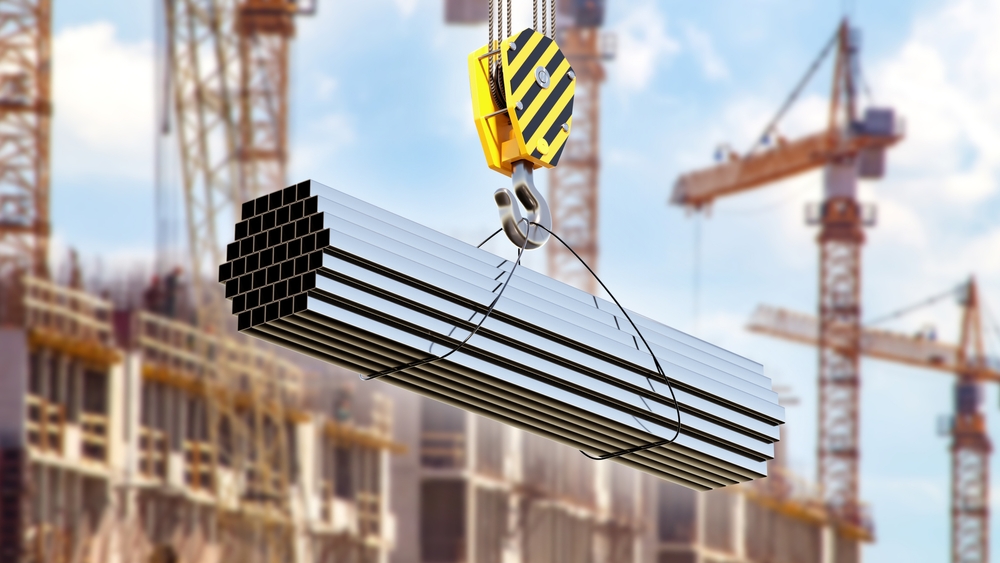
A crane cannot move or lift any object without its hook. The hook itself is made from durable material like carbon steel, wrought iron, or other type of steel so it can handle the heavy load. But the hook relies on the power from other parts of the crane to lift the object, such as the hoist, the wires and sheaves.
6. Counterweights
Another safety measure for the crane are counterweights. The counterweights’ role is to keep the balance for the crane and help the crane to not tip over from the heavy loads. The counterweights are always placed at the opposite of the boom. These parts of the crane can be removed entirely or add more weight, depending on the weight of the material that the crane is lifting.
7. Jib
The jib is an additional detachable part for the boom. It helps increase the boom length, especially for lattice boom. The appearance is similar to a boom but the jib moves horizontally, allowing the crane to handle more weight and longer object.
8. Operator’s cab
The operator cab is where the crane operator controls the crane. The cab provides the good view of the crane and surrounding area. The position of the cab varies with each type of crane.
9. Base
This part of the crane is different for each type of crane. There are 4 types of base.
Wheels
For mobile cranes such as rough terrain crane, the wheels provide stability on an uneven surface and excellent maneuverability. The wheeled cranes are also easy to move, they can be driven to the construction site along the road.
Tracks
Tracks undercarriage allowed the crane to move easier on a soft, muddy ground. Suitable for a starting phase of a construction project where the surface is not yet flatten. An example for a crane that uses tracks is a crawler crane.
Concrete Foundation
The static cranes like a tower crane need a stable base for it to be operated. The stable foundation provides the crane with balance and allows the crane to reach its maximum capacity.
How to Use a Crane Safely
Other than understanding part of the crane, there are other tips to keep in mind for a safe use of the cranes. For example,
- Understanding the crane signal – crane hand signal is the vital part in crane operation. It helps ensure safety, efficiency during the operation. The hand signal cover from moving signal, stop signal, to the crane operation signal.
- Maintenance – after understanding the function of each part of the crane, maintenance is an important task to ensure the crane efficiency
- Understanding crane capacity – Each crane has a different maximum weight that it can carry. Exceeding the crane limit could lead to danger
Renting a Crane
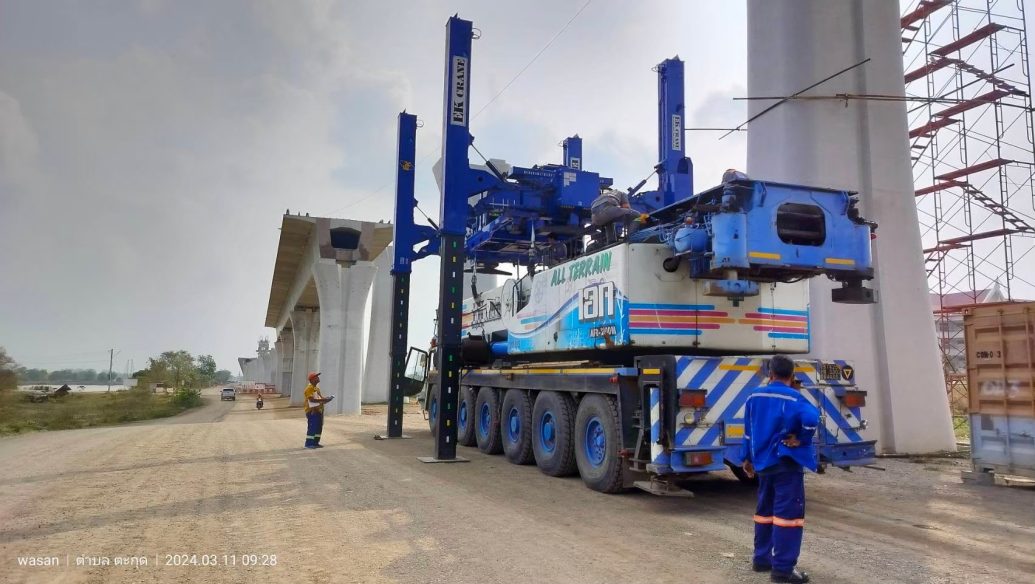
If you are interested in renting a crane, EK crane provides daily and monthly crane rental service with trained personnel. We are experts in operating a crane with over 30 years of experience. For more information, contact LINE: @EKCRANE or the contact information below.
Our Branch
Bangkok-Samutprakarn Head Office
Tel. +66 2 745 9999
Location: https://maps.app.goo.gl/89scfU8K4VTUfY4W9
Rayong Head Office
Tel. +66 38 682 666
Location https://maps.app.goo.gl/CZw1JGRLGxBmfWDo9
Leam Chabang Sub-Branch
Tel. +66 38 482 666
Location https://maps.app.goo.gl/9qNV26o8LSLBSoN27
Summary of Parts of a Crane
Understanding part of the crane and their function is an essential step to operating a crane to its full potential and ensure the safety of the construction site. Each part of the crane serves a different purpose from lifting objects, balancing or safety. While some of the parts may vary depending on the type of crane, the main components such as the boom and the hook still have the same function.
